Nowadays modern agricultural tools have replaced the old ones. These tools are great for buying and selling and are very important for both home and business use. Today, modern agriculture machinery is one of the main pillars of the economic development of any country. On the other hand, developing countries pay special attention to the agricultural sector, food production and the preservation of their resources, and while trying to expand agricultural production, they are trying to integrate this sector with advanced and practical technologies. Therefore, this issue requires better production of agricultural products, management of agricultural land and reliable data. This important need leads to the emergence of precision agriculture, or in other words modern agriculture. An American agronomist named Norman Ernst Borlaug was named “the father of modern agriculture” and “the father of the green revolution” in 2009 and was also awarded the 1970 Nobel Peace Prize for his work in this field.  Modern agriculture is a new and advanced approach to developing agricultural practices that help farmers increase crop productivity and conserve natural resources such as water, land and food sources. Modern agriculture can include interconnected layers of hardware and software designed to improve agricultural operations and make efficient use of green space and farmland, as well as increase water productivity. Modern agriculture can contribute significantly to nutrition and resource conservation, in general, by using existing artificial intelligence techniques and algorithms, it is possible to extract useful and valuable information from agricultural land, use satellite images and apply modern knowledge in the field of agriculture, and a new method can be applied to it. Modern agriculture is a complex approach and its development increases production efficiency and preserves renewable and non-renewable resources such as water, soil and energy. Also, there is a new way of growing, caring for and harvesting products in the agricultural industry called smart agriculture, based on technology and the intelligence of its operations. If this process is automated in decision making, it is referred to as smart farming. If it is applied to remote sensing systems, this is referred to as automation.
Modern agriculture is a new and advanced approach to developing agricultural practices that help farmers increase crop productivity and conserve natural resources such as water, land and food sources. Modern agriculture can include interconnected layers of hardware and software designed to improve agricultural operations and make efficient use of green space and farmland, as well as increase water productivity. Modern agriculture can contribute significantly to nutrition and resource conservation, in general, by using existing artificial intelligence techniques and algorithms, it is possible to extract useful and valuable information from agricultural land, use satellite images and apply modern knowledge in the field of agriculture, and a new method can be applied to it. Modern agriculture is a complex approach and its development increases production efficiency and preserves renewable and non-renewable resources such as water, soil and energy. Also, there is a new way of growing, caring for and harvesting products in the agricultural industry called smart agriculture, based on technology and the intelligence of its operations. If this process is automated in decision making, it is referred to as smart farming. If it is applied to remote sensing systems, this is referred to as automation.  In remote sensing technology, the sensor collects data on agricultural land without direct contact with the land surface and plants, the resulting information is analyzed and verified using processing systems and software, and finally becomes practical and inexpensive cards for farmers. Useful information can be obtained from agricultural land through the use of remote sensing technology and satellite images. Today, in the field of agriculture, the use of methods and technologies such as remote sensing, satellite imagery and GIS at the stage of cultivation and harvesting has a significant impact on reducing production costs and preserving and increasing food resources. The quality of crops grown can also be improved by using precision farming. Using these images when observing farmland, farmers do not need to be on their land. Since no part of the land remains invisible from satellite images, agricultural areas can be monitored with their help and the resulting information can be stored in different time periods.
In remote sensing technology, the sensor collects data on agricultural land without direct contact with the land surface and plants, the resulting information is analyzed and verified using processing systems and software, and finally becomes practical and inexpensive cards for farmers. Useful information can be obtained from agricultural land through the use of remote sensing technology and satellite images. Today, in the field of agriculture, the use of methods and technologies such as remote sensing, satellite imagery and GIS at the stage of cultivation and harvesting has a significant impact on reducing production costs and preserving and increasing food resources. The quality of crops grown can also be improved by using precision farming. Using these images when observing farmland, farmers do not need to be on their land. Since no part of the land remains invisible from satellite images, agricultural areas can be monitored with their help and the resulting information can be stored in different time periods.  In general, farmers can use this knowledge to cultivate their land remotely with greater accuracy and at a lower cost. In general, the ability and knowledge to gather information from things on the Earth’s surface indirectly and through sensors is referred to as remote sensing. The main output from each sensor is only one image and each satellite usually contains multiple sensors through which the imaging task is performed. Monitoring the condition of agricultural land using satellite images involves measuring and recording the reflected energy of electromagnetic waves from the Earth’s surface and the surrounding atmosphere, as well as from a location (point) above the Earth’s surface. Indeed, using this technology, it is possible to analyze and process the data produced in the agricultural industry, using images taken from the surface of the Earth and the seas above the surface, using different parts of the electromagnetic reflection beams. The discovery then uses electromagnetic energy, the most powerful source of which is the sun, and this energy radiates at all wavelengths. In general, when magnetic energy hits the earth, some is reflected and some is absorbed. Normally, the absorbed energy is radiated as thermal energy over time.
In general, farmers can use this knowledge to cultivate their land remotely with greater accuracy and at a lower cost. In general, the ability and knowledge to gather information from things on the Earth’s surface indirectly and through sensors is referred to as remote sensing. The main output from each sensor is only one image and each satellite usually contains multiple sensors through which the imaging task is performed. Monitoring the condition of agricultural land using satellite images involves measuring and recording the reflected energy of electromagnetic waves from the Earth’s surface and the surrounding atmosphere, as well as from a location (point) above the Earth’s surface. Indeed, using this technology, it is possible to analyze and process the data produced in the agricultural industry, using images taken from the surface of the Earth and the seas above the surface, using different parts of the electromagnetic reflection beams. The discovery then uses electromagnetic energy, the most powerful source of which is the sun, and this energy radiates at all wavelengths. In general, when magnetic energy hits the earth, some is reflected and some is absorbed. Normally, the absorbed energy is radiated as thermal energy over time.  Finally, the amount of reflected or radiated electromagnetic energy is measured and compared with the spectral reflectance curves of the material, thus, using this technique, the appropriate information can be obtained and stored from the surface of the land and sea in a form that can be displayed and edited in the form of a graph. Among the applications of remote sensing in agriculture, we can mention the production forecast and the expected yield of a product in a particular area. It is also possible to determine the rate of harvest of this product. In fact, satellite images predict the amount of production of a particular product in a certain period of time for the desired agricultural area. Remote sensing plays an important role in identifying products that contain pests or any kind of disease and that have so-called occult properties. By detecting these errors at an early stage and analyzing the data obtained from the images, serious and irreparable damages can be avoided in a timely manner.
Finally, the amount of reflected or radiated electromagnetic energy is measured and compared with the spectral reflectance curves of the material, thus, using this technique, the appropriate information can be obtained and stored from the surface of the land and sea in a form that can be displayed and edited in the form of a graph. Among the applications of remote sensing in agriculture, we can mention the production forecast and the expected yield of a product in a particular area. It is also possible to determine the rate of harvest of this product. In fact, satellite images predict the amount of production of a particular product in a certain period of time for the desired agricultural area. Remote sensing plays an important role in identifying products that contain pests or any kind of disease and that have so-called occult properties. By detecting these errors at an early stage and analyzing the data obtained from the images, serious and irreparable damages can be avoided in a timely manner.  In fact, the application of this technique also finds applications in the field of plant condition assessment and trend detection. It also allows farmers to monitor various factors including weather patterns, forecast planting and harvest time for each crop, thus changing the cultivation method to a modern method. Remote sensing is a technique and knowledge that has made it possible to measure soil moisture and determine the type of soil, and thus the type of product that can be grown on that soil. Evaluating the quality and productivity of products on agricultural land is also one of the possibilities offered by this technology. Generally, farmers and agronomists use this technology to access maps of farmland and get proper analysis.
In fact, the application of this technique also finds applications in the field of plant condition assessment and trend detection. It also allows farmers to monitor various factors including weather patterns, forecast planting and harvest time for each crop, thus changing the cultivation method to a modern method. Remote sensing is a technique and knowledge that has made it possible to measure soil moisture and determine the type of soil, and thus the type of product that can be grown on that soil. Evaluating the quality and productivity of products on agricultural land is also one of the possibilities offered by this technology. Generally, farmers and agronomists use this technology to access maps of farmland and get proper analysis.
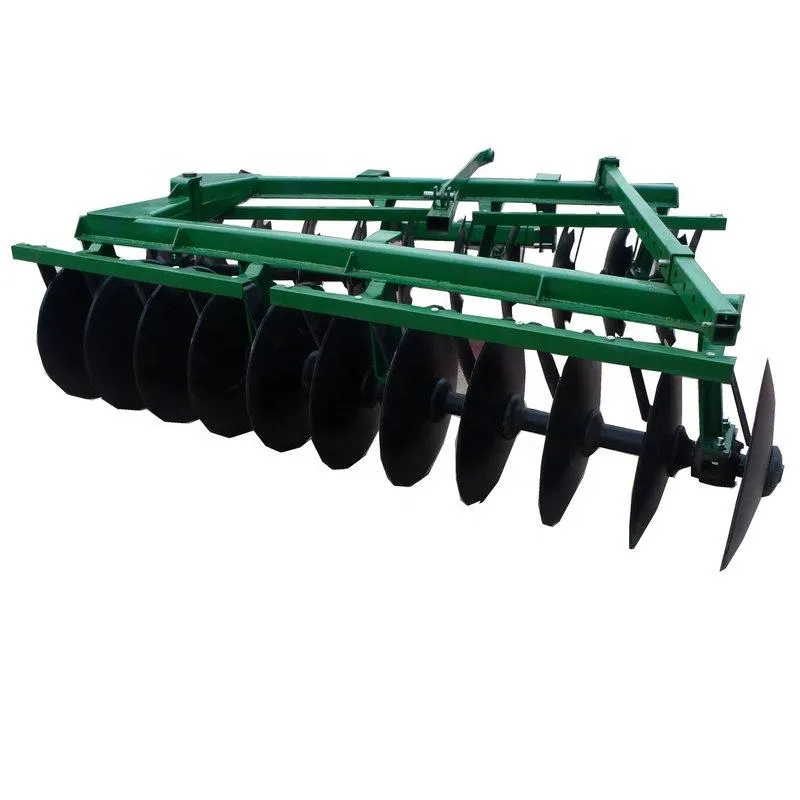
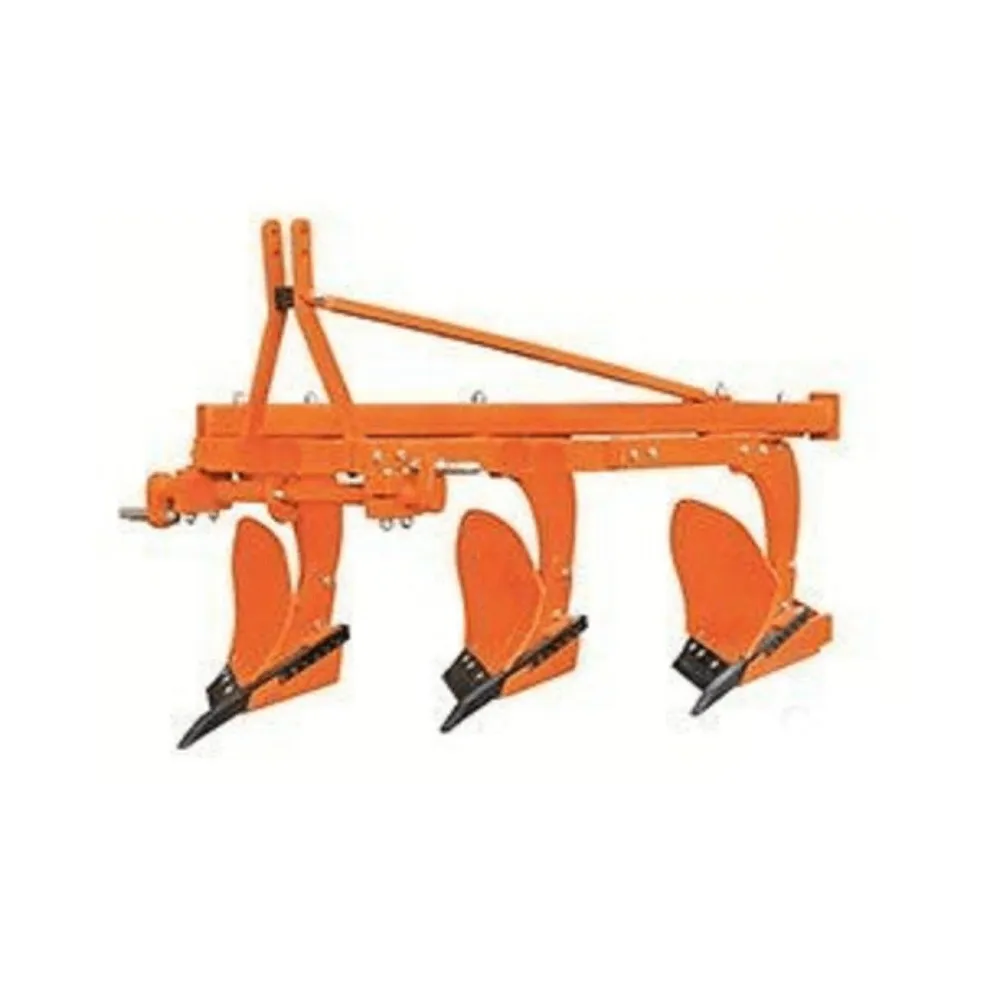
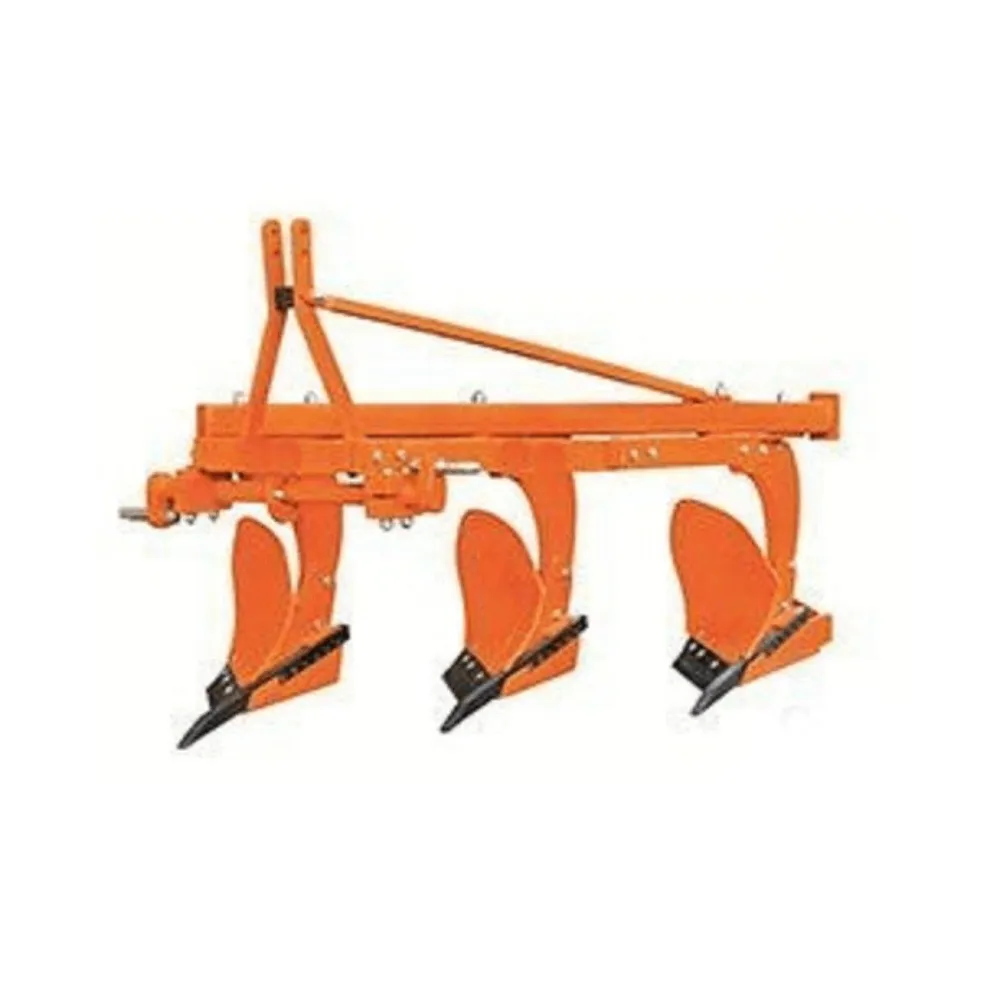
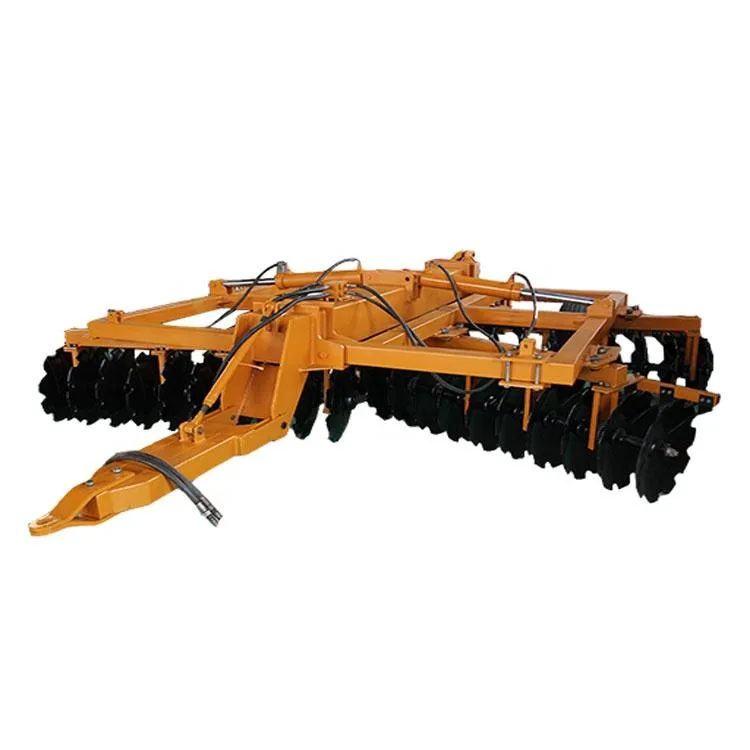
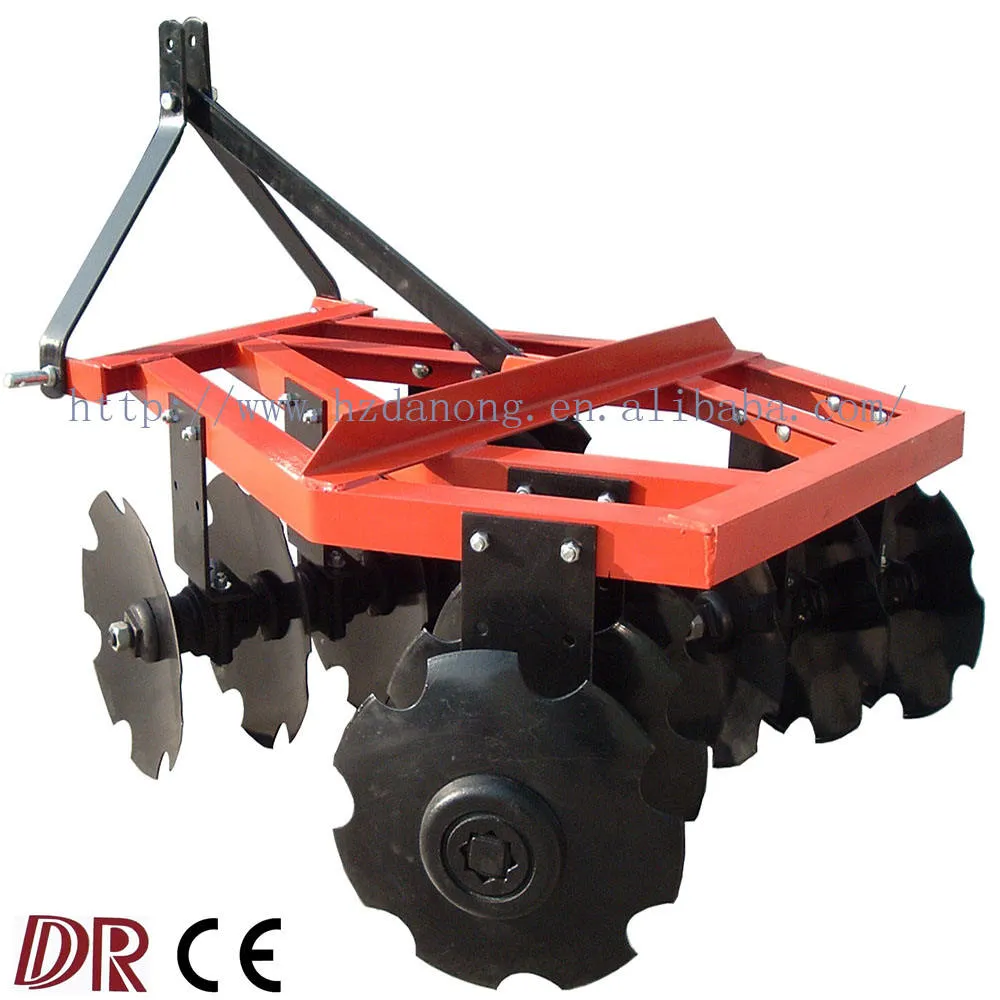
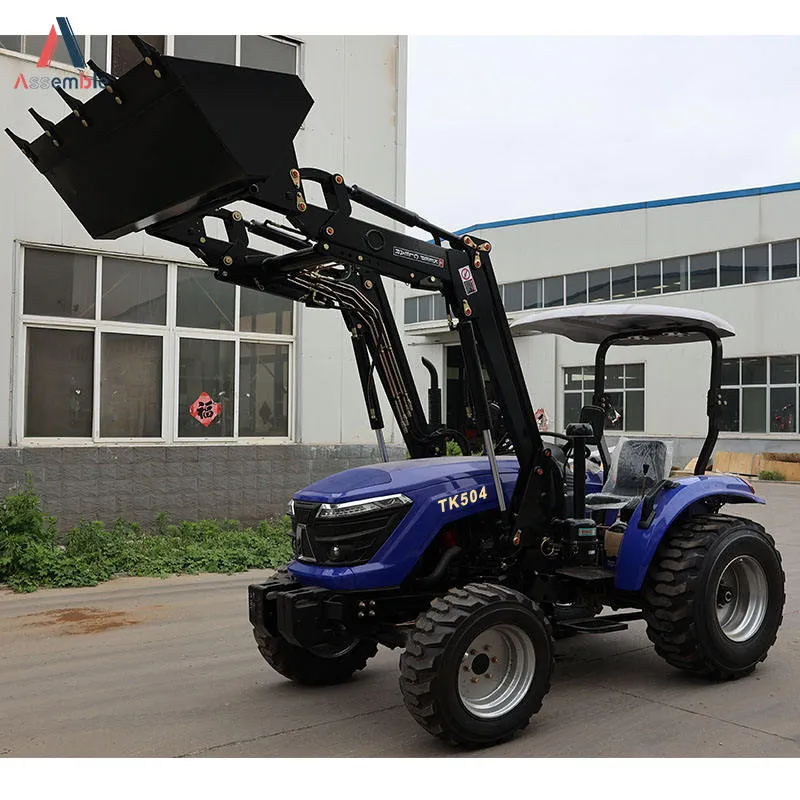

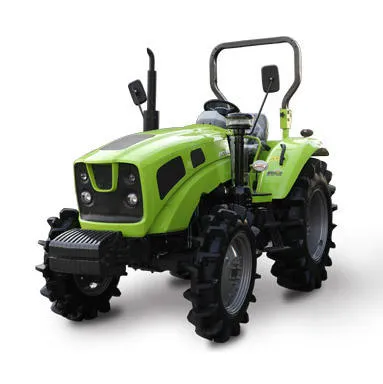
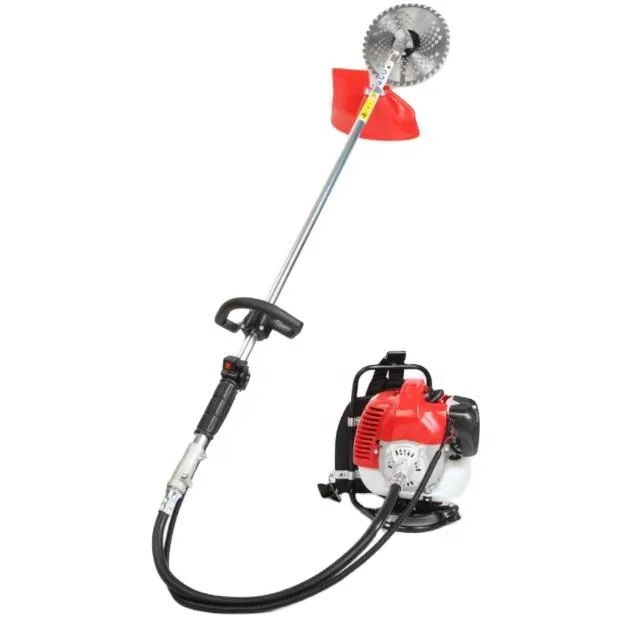
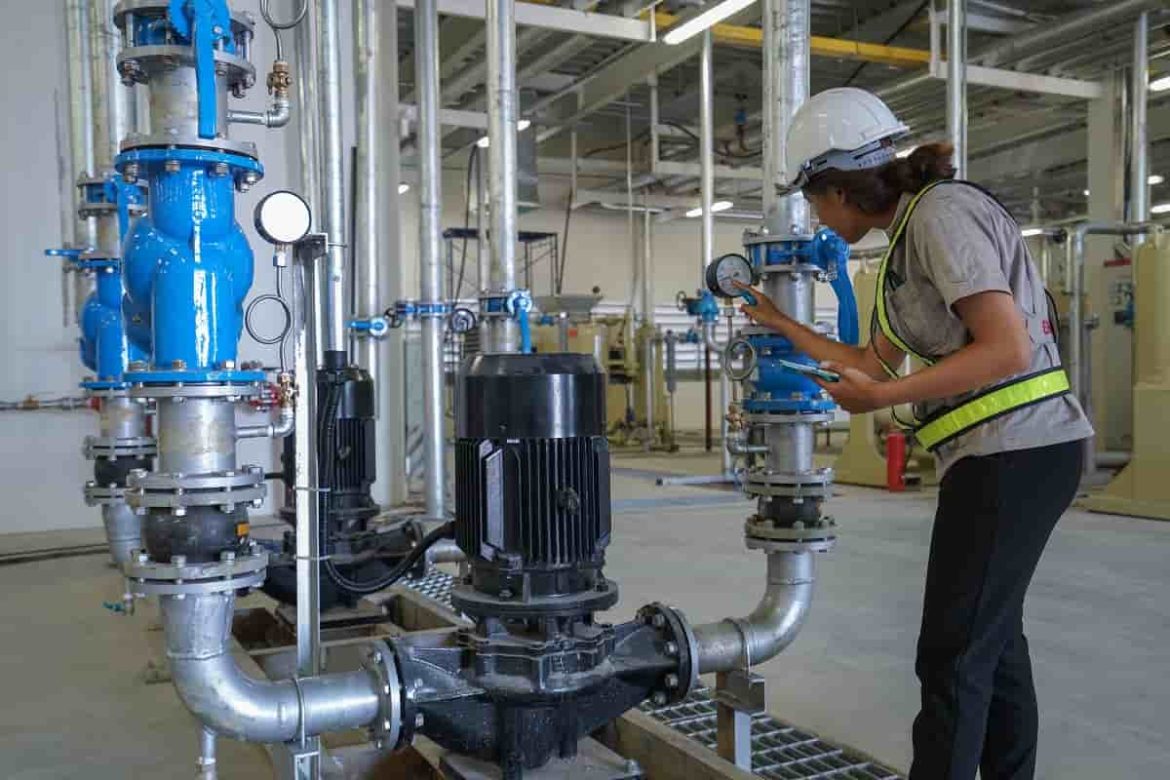
Your comment submitted.